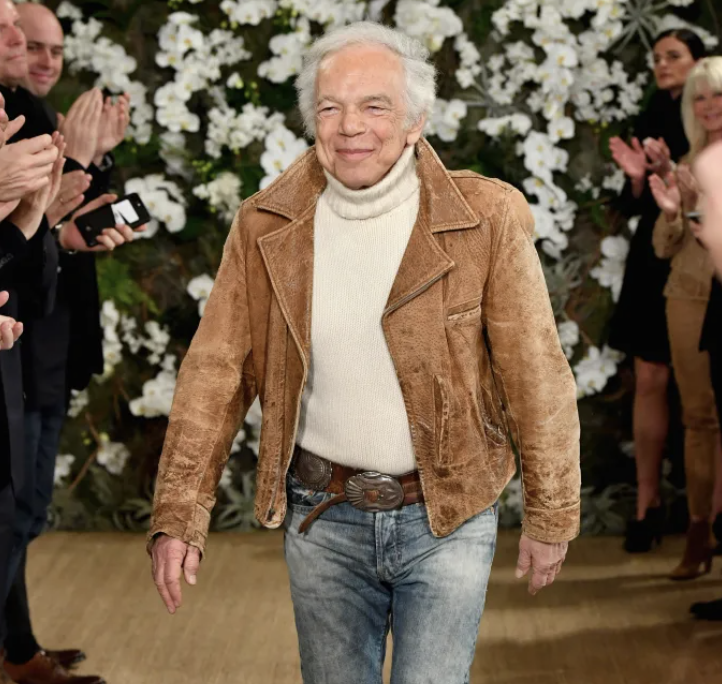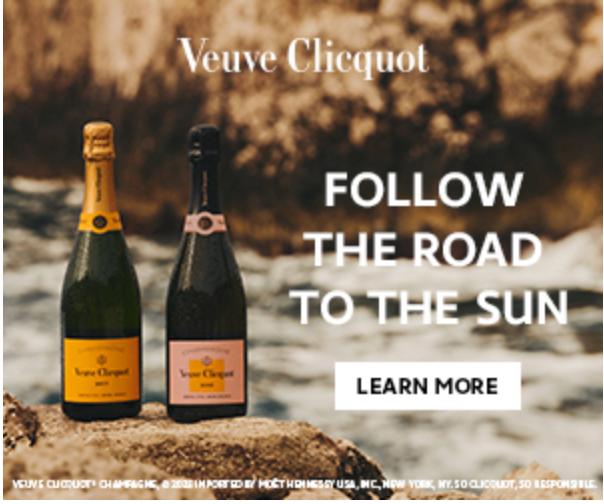The Legend Returns for NYFW. Ralph Lauren Hosts His First New York Fashion Week Show in 4 Years.
Ralph Lauren is known as a master of style and character; and this year he returns to hosting a runway in Manhattan for New York Fashion Week.
According to Women’s Wear Daily, the 83-yr old American master of style plans to debut a new womenswear line at his show on the evening of September 8.
In 2019, Lauren’s last appearance at NYFW, he held a show in a decadent ballroom on Wall Street rebranded as “Ralph’s Club”. Since then, he’s held off-calendar events in NYC and Los Angeles.

His shows often attract A-listers such as John Legend, Jennifer Lopez, Diane Keaton, Jessica Chastain.
Lauren’s American return has also ignited his International spotlight. The designer touched down in Milan earlier this summer with “Dolce Vita” his Purple Label collection at magnificent Palazzo Ralph Lauren in Via San Barnaba.
To say the least, anticipation is very high for what he’ll debut this September at NYFW



